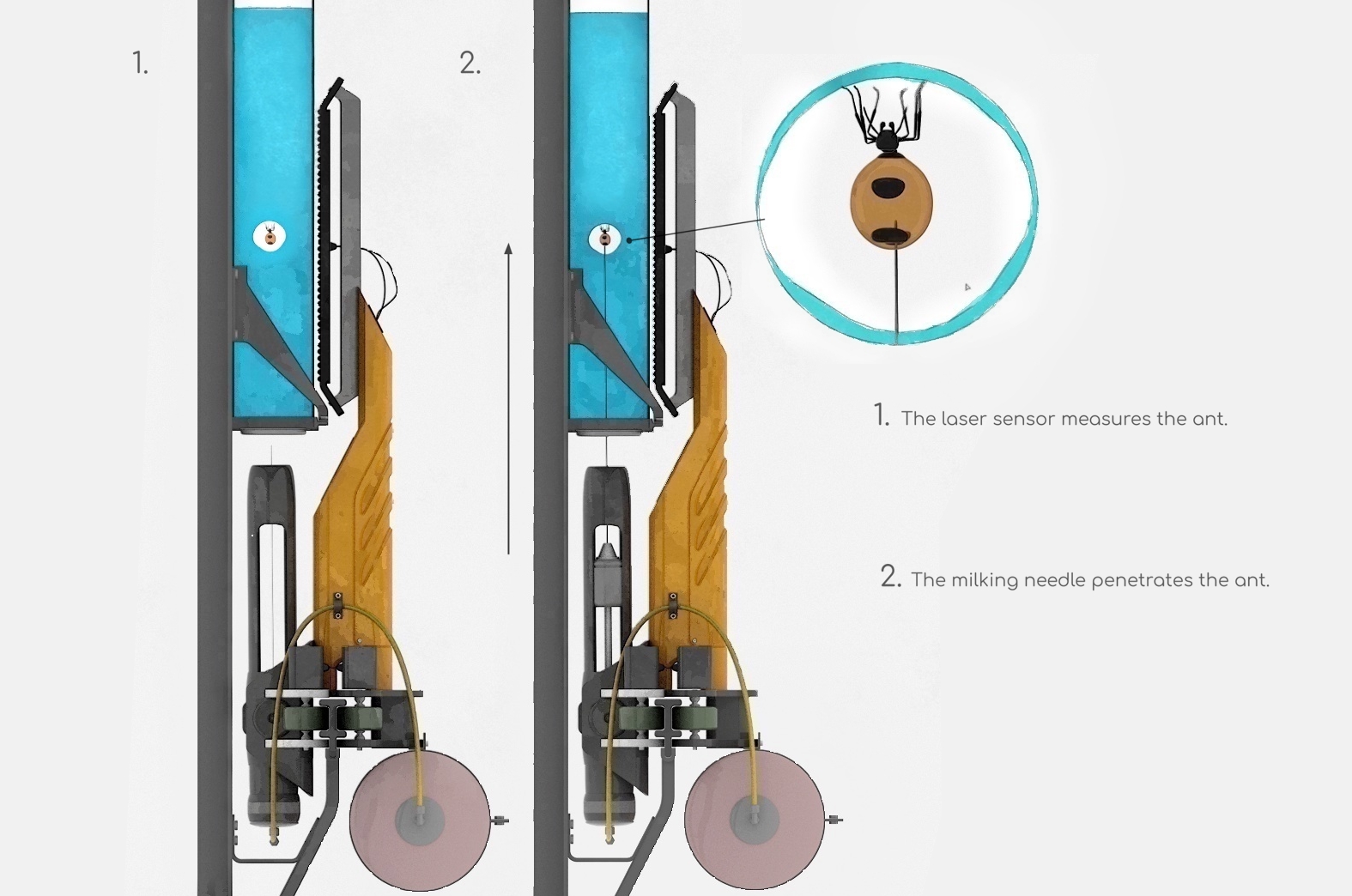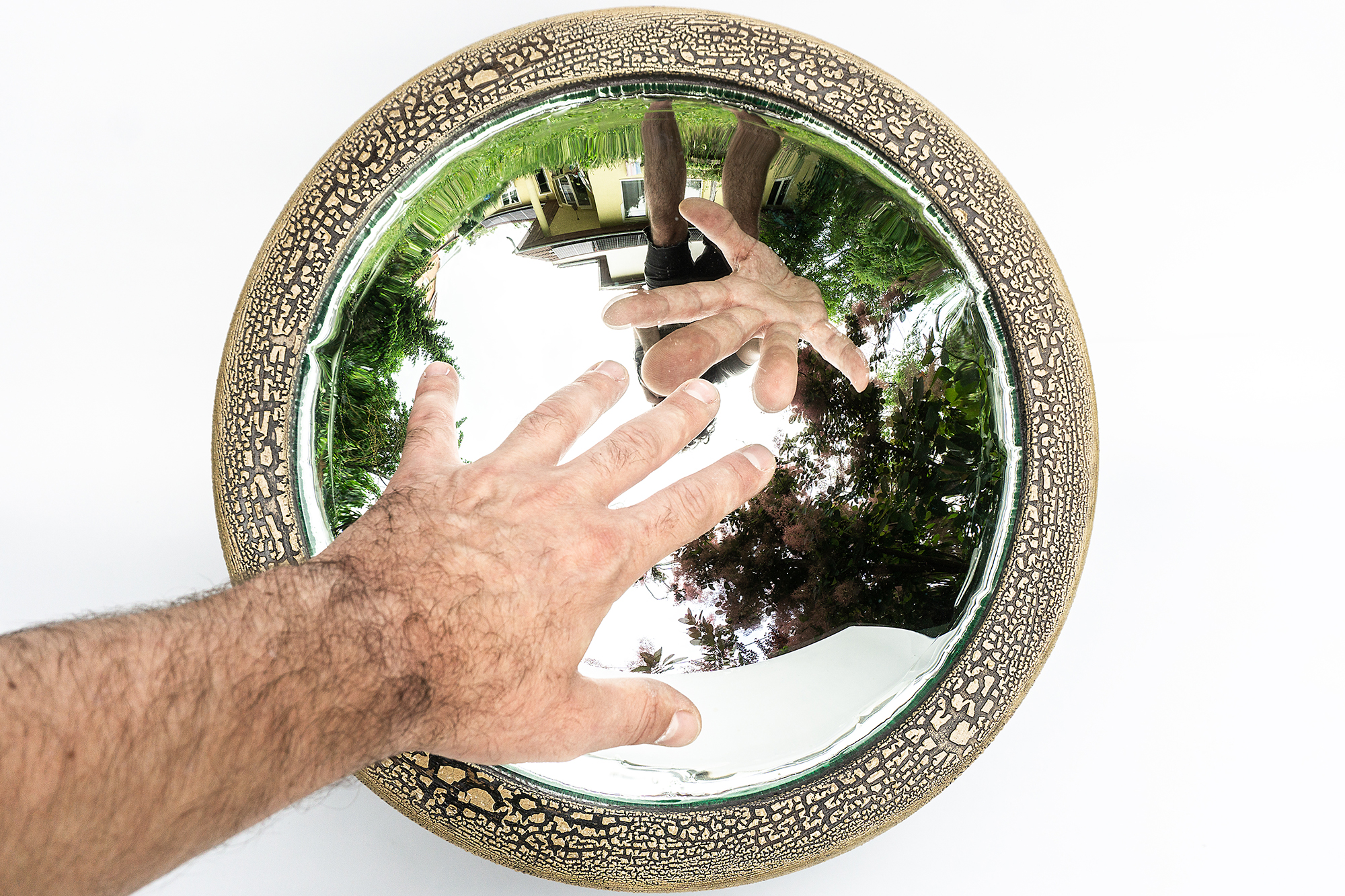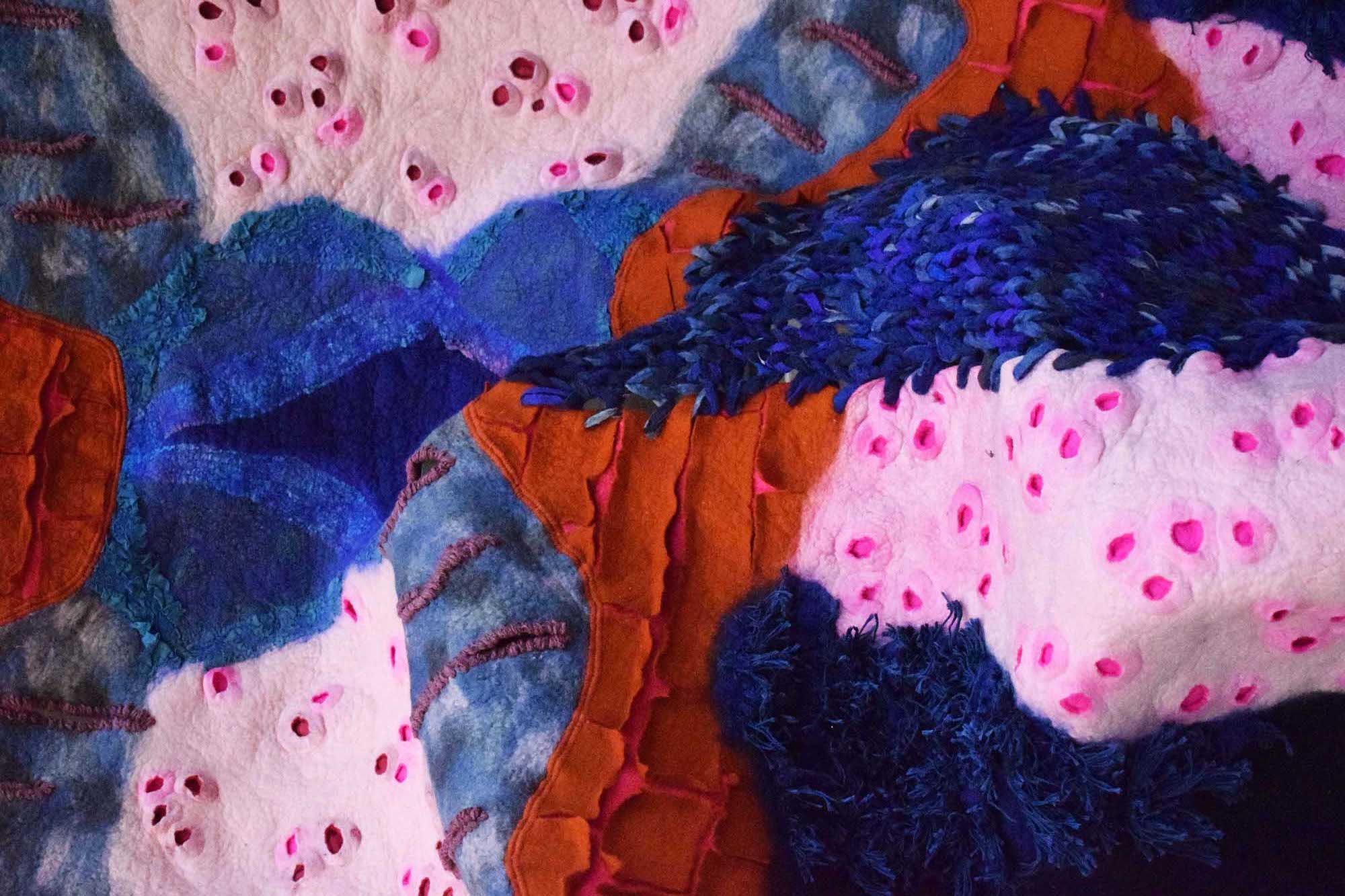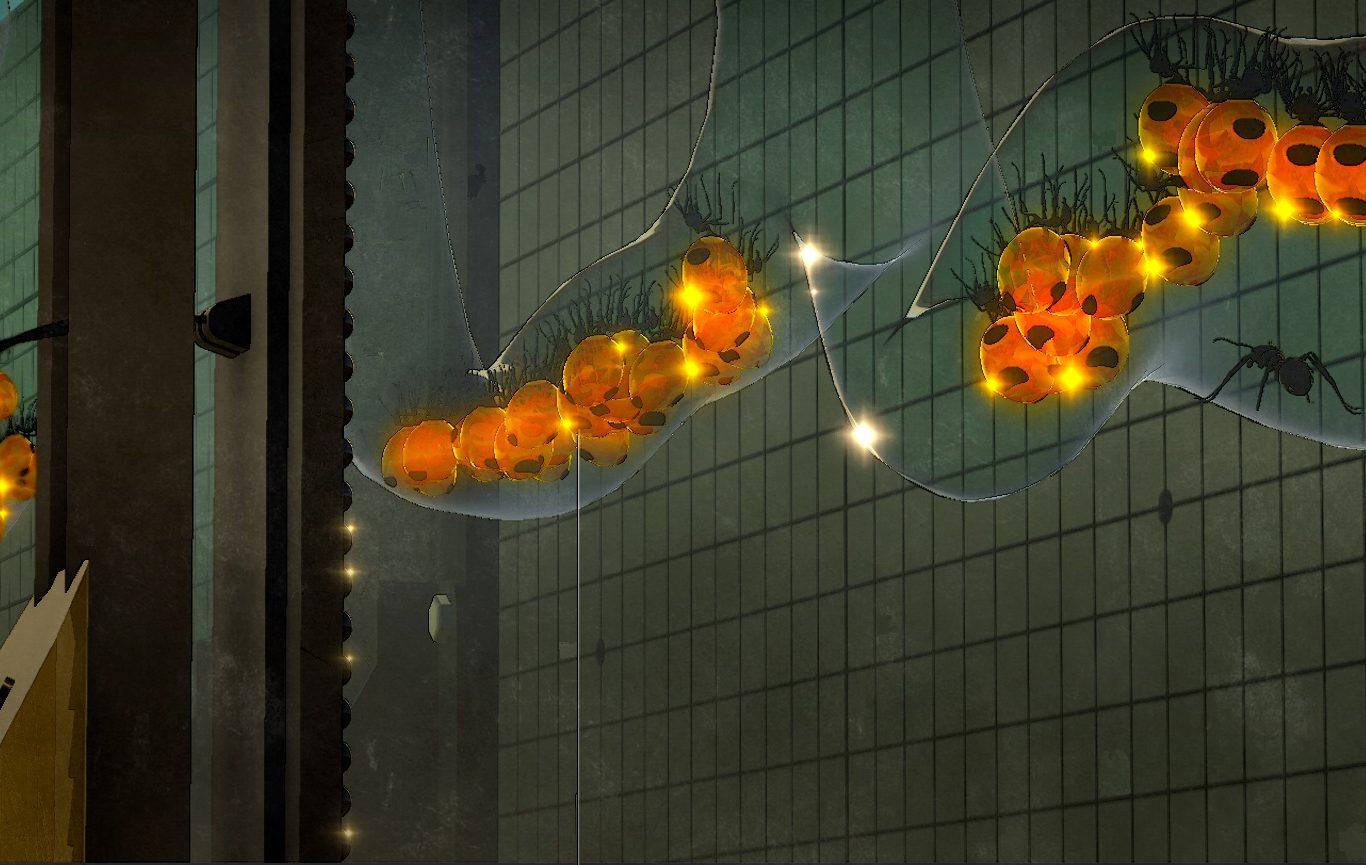
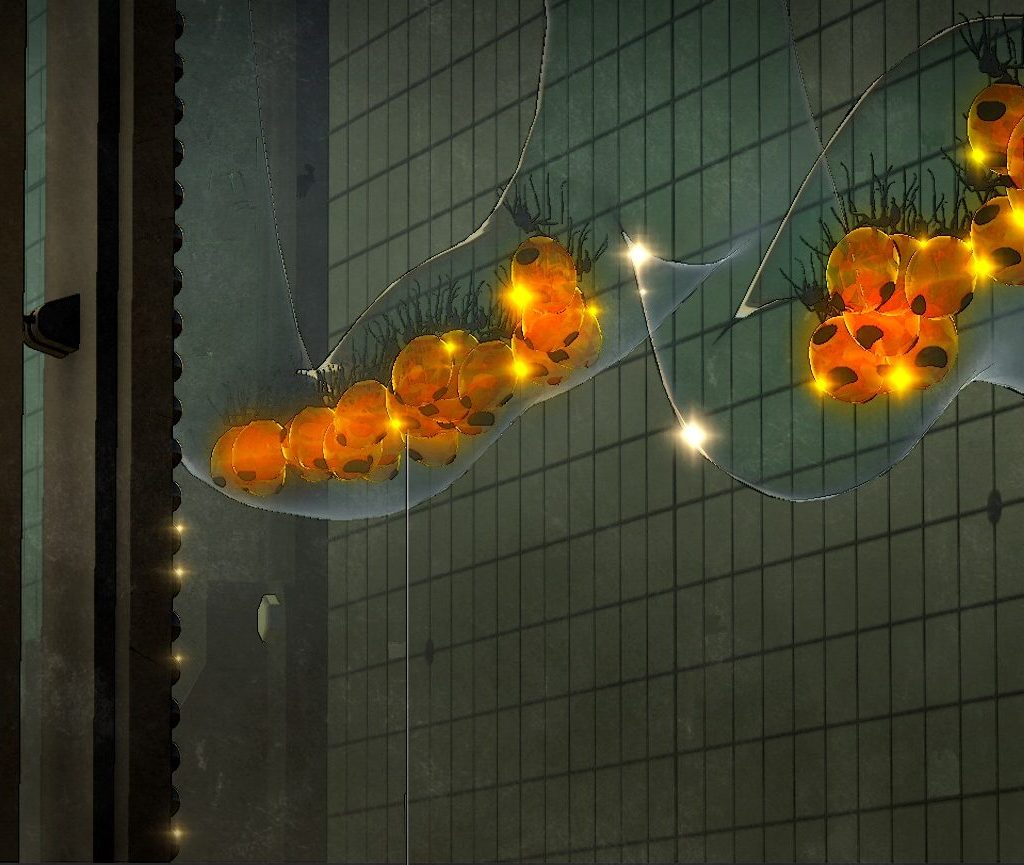
Honey in a post-apiary world – Levente Kiss Botond’s award-winning design fiction
Ice caps melting, cities flooded, tropical coral reefs deteriorating – seen from Central Europe, extreme consequences of climate change seem remote and obscure. Levente Kiss Botond’s regional vision, however, is of a Hungary in 2050, where bees have disappeared as a result of climate warming. As a designer, he foresees a problem for the future and proposes a speculative response based on current data and with expert involvement. His design fiction won the student award of the international Core77 magazine.
A The Core77 Design Awards took place for the 14th year, and for the first time, a Hungarian designer has won the speculative design category. This is a major success also for design education in Hungary, with speculative design becoming an increasingly stronger focus in higher education. In fact, Botond Levente Kiss’s concept was developed at MOME’s Fiction Design course.
According to the After Apiaries design fiction, the overall ambient temperature of our planet will have risen by 3 degrees by 2050, resulting in not just ecological but also drastic economic, social, and technological changes. In contrast with most pessimistic or even post-apocalyptic visions, the designer’s intention is not to shock, but to seek opportunities for action in response to the altered conditions. For instances when it comes to making honey — because how can you get honey in a world with no bees?
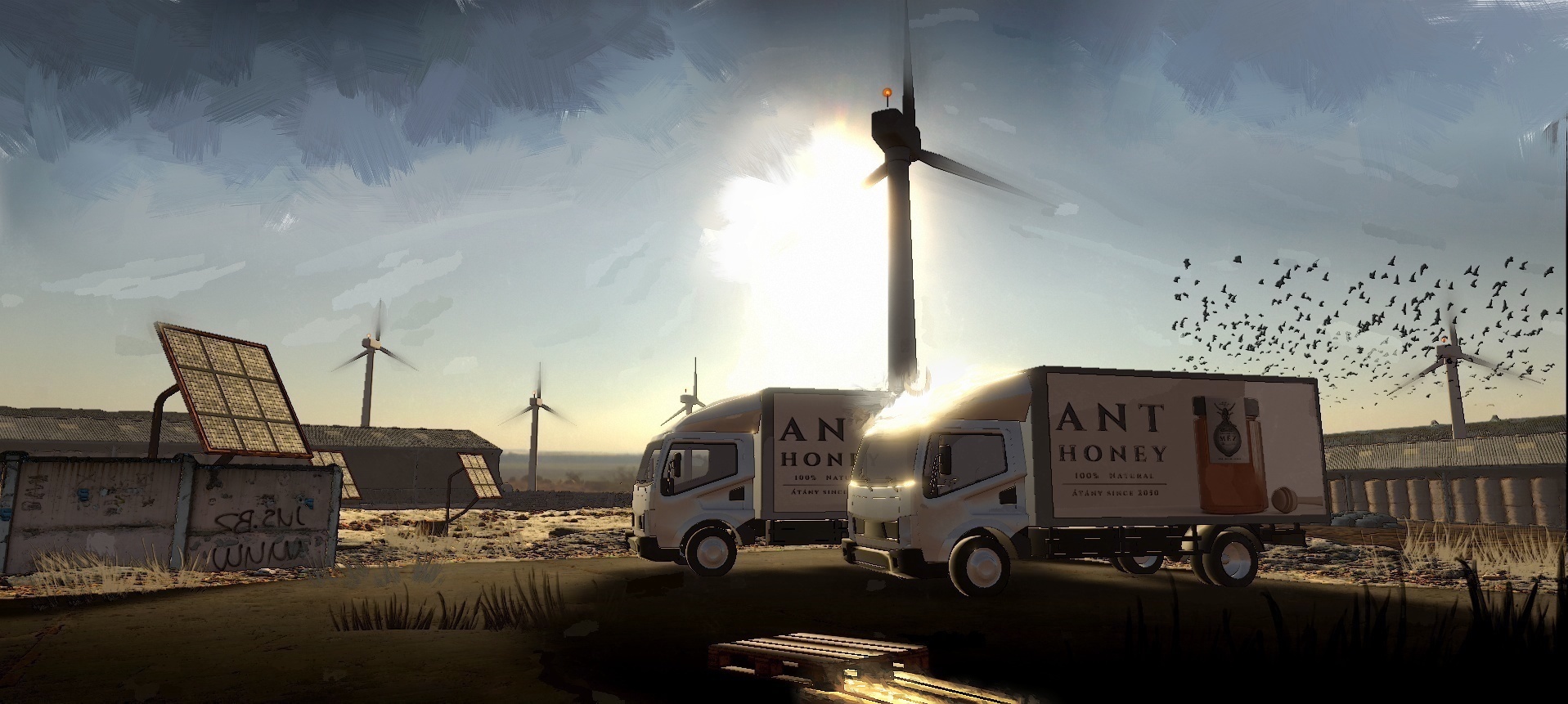
According to the concept narrative, the biome of the Great Hungarian Plain is slowly shifting from forest steppe to desert as a result of global warming, causing a sharp decline of bee populations worldwide, and in turn, a nearly complete scarcity of honey widely used in Hungarian cuisine. The key to reversing the honey shortage could be honeypot ants native to Australia and Africa, which are now thriving in Hungary thanks to its changed climate.

We are in the year 2050, in the village of Botond Levente Kiss’s grandparents Átány, to gain insight into the workings of a business specialising in breeding and milking honeypot ants. The focus of this fictitious world is a specific design fiction item, the ant milking machine for extracting the sweet nectar from the swollen abdomen of the ants. The robotic harvesting system moves along a track next to the ant farms, and uses sensors to identify specimen ready for harvesting.
The honey farm relies on the infrastructure of an abandoned agricultural cooperative facility from the Socialist era, powered by locally produced renewable energy. Harvested using a microscopic needle, the nectar is packaged and sold in marketplaces or online to “people with a sweet tooth and a nostalgic longing for the flavours of a bygone era”, according to the description. Perhaps this provocative design thought experience can bring the reality of the climate change a little closer to those of us living in Hungary today.
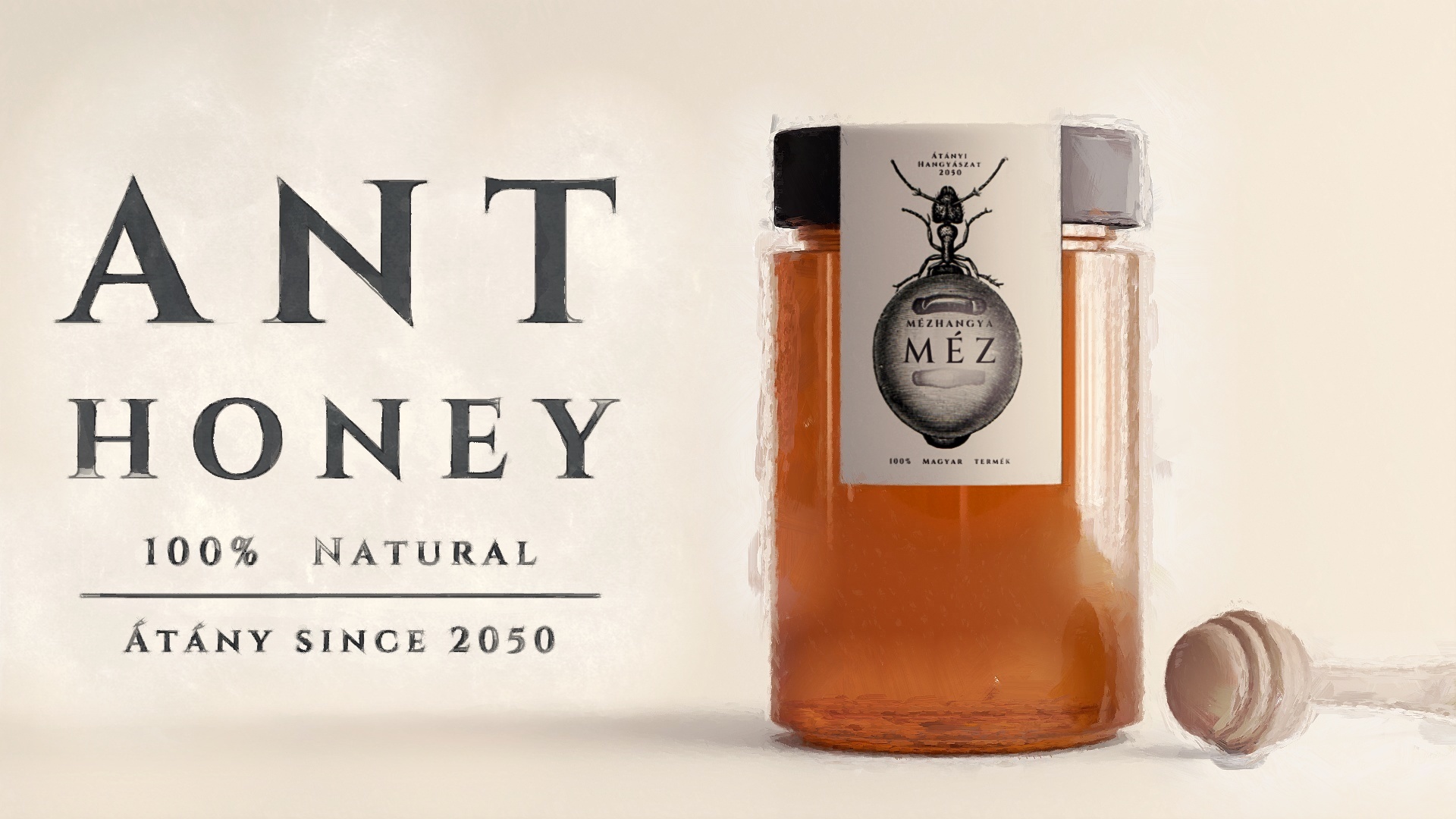
// /
The concept was developed at the “Fiction Design” course of Moholy-Nagy University of Art and Design in collaboration with the MOME Innovation Centre, led by Anna Naszádi, Markus Herrmann, András Húnfalvi.
An earlier article covered other concepts developed at the course: Hungarian design fiction – From genetically engineered bees to the Kunság Kiwinery


